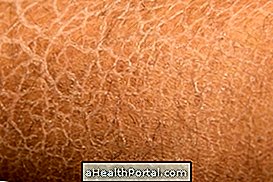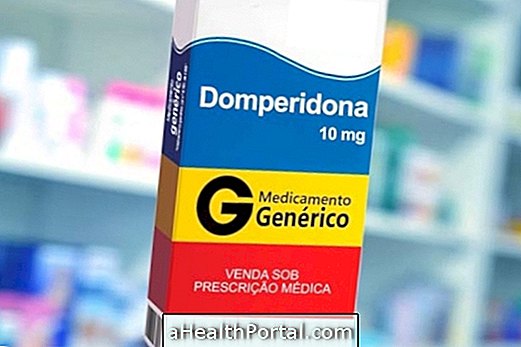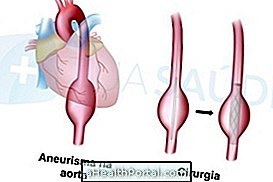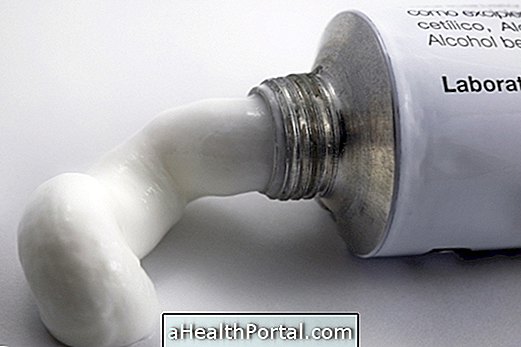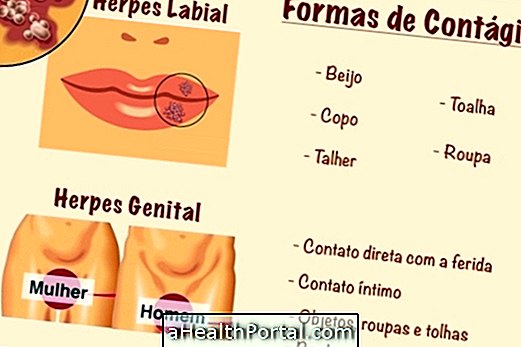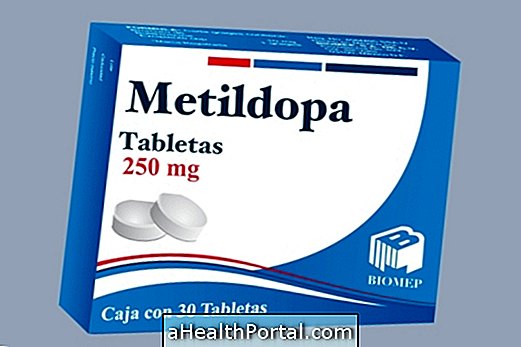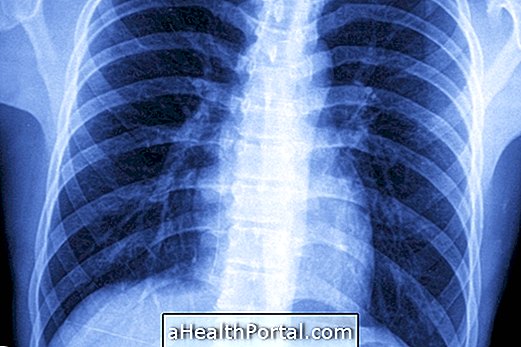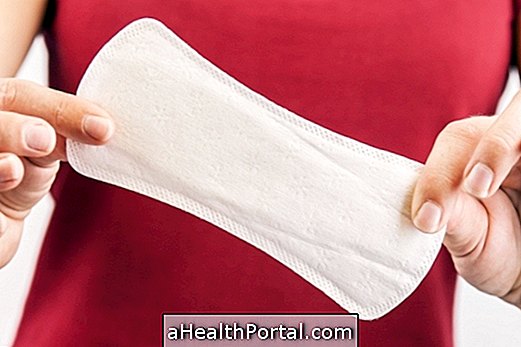Myotonic dystrophy is a genetic disease also known as Steinert's disease, characterized by the difficulty in relaxing the muscles after a contraction. Some individuals with this disease experience difficulty in releasing a doorknob or interrupting a handshake, for example.
Myotonic dystrophy can manifest in both sexes, being more frequent in young adults. The most affected muscles include those of the face, neck, hands, feet and forearms.
In some individuals it may manifest itself severely compromising muscular functions, and presenting a life expectancy of only 50 years, while in others it may manifest in a light form, which manifest only a muscular weakness.
Causes of Myotonic Dystrophy
The causes of myotonic dystrophy are related to genetic alterations present in chromosome 19. These alterations can increase from generation to generation, resulting in the more severe manifestation of the disease.
Types of myotonic dystrophy
Myotonic dystrophy is divided into 4 types:
- Congenital : Symptoms manifest during pregnancy, where the baby has little fetal movement. Soon after birth the child manifests breathing problems and muscle weakness.
- Infants : In this type of myotonic dystrophy the child has normal development in the first years of life, manifesting the symptoms of the disease between 5 and 10 years of age.
- Classical : This type of myotonic dystrophy manifests only in adulthood.
- Mild : Individuals with mild myotonic dystrophy have no muscle impairment, only a mild weakness that can be controlled.
Symptoms of Myotonic Dystrophy
The main symptoms of myotonic dystrophy are:
- Muscle atrophy;
- Frontal baldness;
- Weakness;
- Mental retardation;
- Difficulties in feeding;
- Difficulty breathing;
- Cataratas;
- Difficulties to relax a muscle after a contraction;
- Difficulties in speaking;
Diagnosis of myotonic dystrophy
The diagnosis is made by observing the symptoms and genetic tests, which detect changes in the chromosomes.
Treatment for myotonic dystrophy
Treatment for myotonic dystrophy is multimodal, including medications and physical therapy.
Medications include Phenytoin, Quinine, Procainamide, or Nifedipine that relieve muscle stiffness and pain that are caused by the disease.
Physiotherapy aims to improve the quality of life of patients with myotonic dystrophy, increasing muscle strength, range of motion and coordination.

